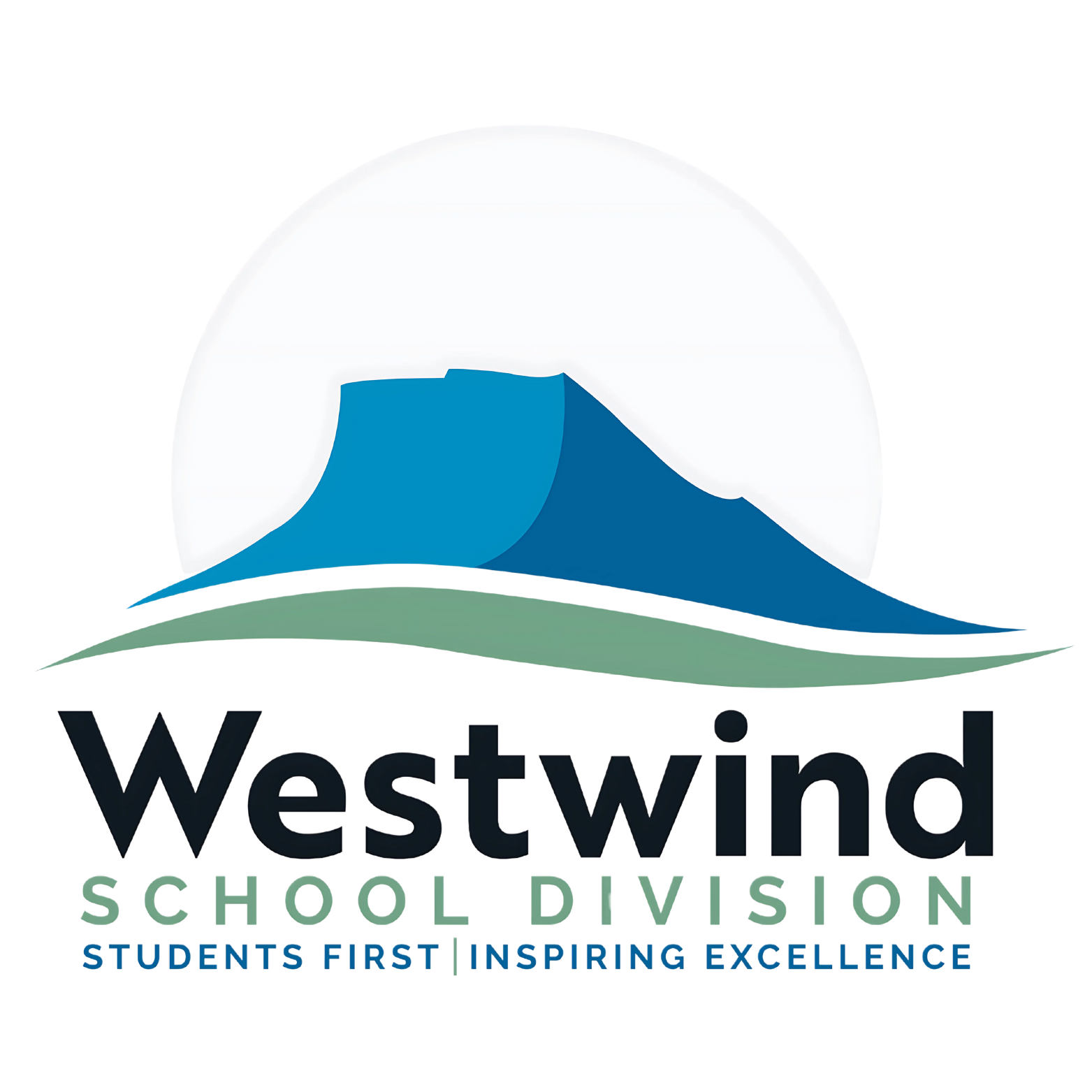- Cardston Elementary School
- Cardston High School
- Cardston Junior High School
- Colony Education
- Magrath Elementary School
- Magrath High School
- Mountain View School
- Raymond Elementary School
- Raymond High School
- Raymond Junior High School
- Spring Glen Elementary School
- Spring Glen Junior High School
- Stirling School
- Westwind Alternate School
Quick Links




